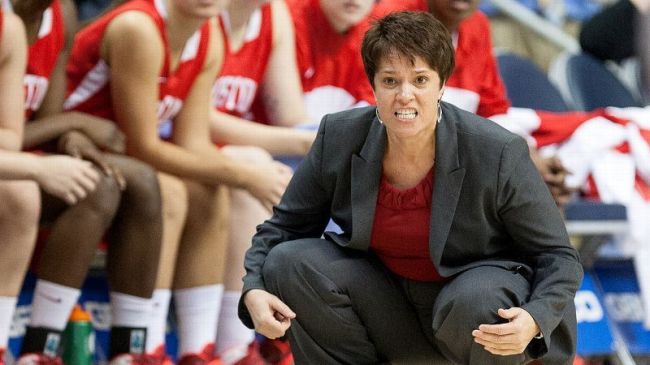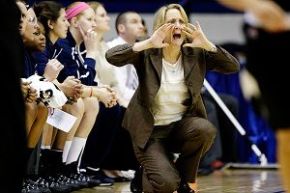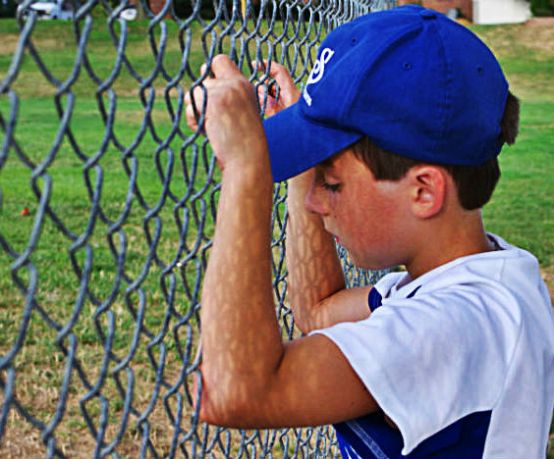 You are not raising kids. You are raising adults. You’re raising a friend and spouse, business partner or employee, your grandchild’s parents and neighbors. There’s a thought. No pressure.
You are not raising kids. You are raising adults. You’re raising a friend and spouse, business partner or employee, your grandchild’s parents and neighbors. There’s a thought. No pressure.
What kind of adult are you raising? Keeping the end in mind could help us redirect our parenting mindset. We can choose to interact with our kids so they become successful, able adults.
Imagine a husband, or a coworker…who is unable:
To fix a problem
Avoid risk
Crumbles under stress
Makes excuses or blames
Is incompetent
Is not responsible, detailed or willing to work through challenge
Overly dramatic and passive aggressive
Sees criticism, suggestions, or denial as personal attacks.
Unable to resolve conflict…
Quits
Cannot adapt or overcome obstacles
Actually, the best way to ensure your kids struggle and fail as an adult, is to keep them from experiencing any of those things as they’re growing up. In our zeal to be good parents, we work hard to shield and rescue our children from anything that is challenging, disappointing, uncomfortable or unhappy. We protect them from anything that is painful or hurts.
In doing so, we disable them. They are not enabled to succeed.
If you want your children to be successful, then enable them to gain strength in the required traits from the beginning.
Let them know what they are able to do. Let them enjoy doing what’s appropriate and theirs to own. Let them become responsible and make choices, developing their own preferences. Let them resolve issues that belong to them; situations either they find themselves involved or consequences of choices they have made. Weigh in and provide insight, but let them make choices on things that aren’t permanent or life altering. Let them define a strong individual identity. Let them do what they are able to do.
Let them know they are able to take risks. Encourage them to experiment and stretch a little further than is comfortable and safe. Let them experience “safe fails” under your roof where they can find guidance in thinking through the results and managing the consequences in a way that propels them to learn how to make a better decision and move forward positively. Let them laugh at mistakes and feel the rush of accomplishment. Let them understand how to adjust and move forward.
Let them know they are able to handle future situations. As you have kept a growth mindset that is a perpetual learning cycle, your child will become capable of managing themselves and just about any situation they may face as an adult. They become confident…
Problem solvers
Risk takers
Strong
Responsible
Competent
Self-defined
Self-determined
Successful…adults. They become achievers, influencers, innovators, game-changers, leaders and shapers of the next generation.
Tough parents raise strong kids.
_______________









